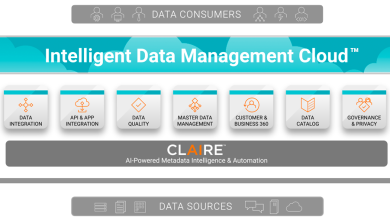
Having assets is just one part of the equation.
The other part is acting on your assets to make sure they are performing as desired. And if you can ace this part, you are effectively making sure these assets are, well, assets for your business. Otherwise, they may soon turn out to be liabilities, as is the case when they underperform or are left unusable or unreliable for long periods due to defects or breakdowns.
This scenario pretty much sums up the biggest problem organisations have today as regards their assets: the so-called asset performance conundrum, where decision-makers need to figure out ways to optimise asset performance and reduce risk but keep maintenance costs to a minimum.
Download this e-book to read all about asset optimisation and why you need it.
In many cases, organisations are left weighing between two options, with each having its own set of challenges. On the one hand, an organisation might choose to cut costs to improve margins, and this choice can lead to challenges such as:
- Unplanned downtime due to old assets.
- Lack of capital and spare parts available.
- Unforeseen events that result in overtime labour.
- More safety issues.
On the other hand, an organisation might opt to reduce risk by spending more, at which point these issues might arise:
- Over-maintenance of equipment.
- Excess spare parts and assets (resulting in unnecessary redundancy).
- Bigger maintenance staff.
- Difficulties in choosing which assets to decommission or repair.
Complicating matters is increasing competition in business, which has become so cut-throat nowadays that the pressure to maximise asset availability, reduce risks and minimise downtime has only intensified. And this is particularly true in Maintenance, Repair and Operations (MRO) environments in sectors like energy and utilities, manufacturing, retail, mining and oil and gas.
In such cases, organisations will need to get a comprehensive and accurate picture of their MRO inventory performance along with powerful capabilities that will allow them to make informed, data-driven decisions when it comes to optimising MRO inventories and—at the same time—balancing out the costs and risks. In this way, key decision-makers won’t have to be stuck with the asset performance conundrum and, instead, can improve margins but still keep spending in check.
These powerful capabilities include statistical analyses, prescriptive analytics and optimisation algorithms, and they are at the core of IBM MRO Inventory Optimisation (IO). This cloud-based inventory platform helps organisations in asset-intensive industries maximise asset utilisation and, in turn, improve their margins, increase service levels, reduce costs and minimise unplanned downtime.
IBM MRO IO gives organisations:
- Complete visibility into their inventory and assets to flesh out stockouts and excessive and/or potentially obsolete inventories.
- Relevant data-backed insights that include historical data to drive actionable insights anchored on criticality and lead time.
- Business value right from the get-go through integrations with enterprise asset management such as IBM Maximo and ERP applications.
Put simply, these capabilities and features can help organisations address the asset performance conundrum—and, at the same time, reduce downtime by as much as 50%, minimise inventory costs by about 40% and increase savings by approximately 35%. In a cut-throat business landscape, these benefits can mean a whale of a difference between being profitable and being in the red.
Click HERE to find out more about the asset performance conundrum and how IBM can help you solve it.





